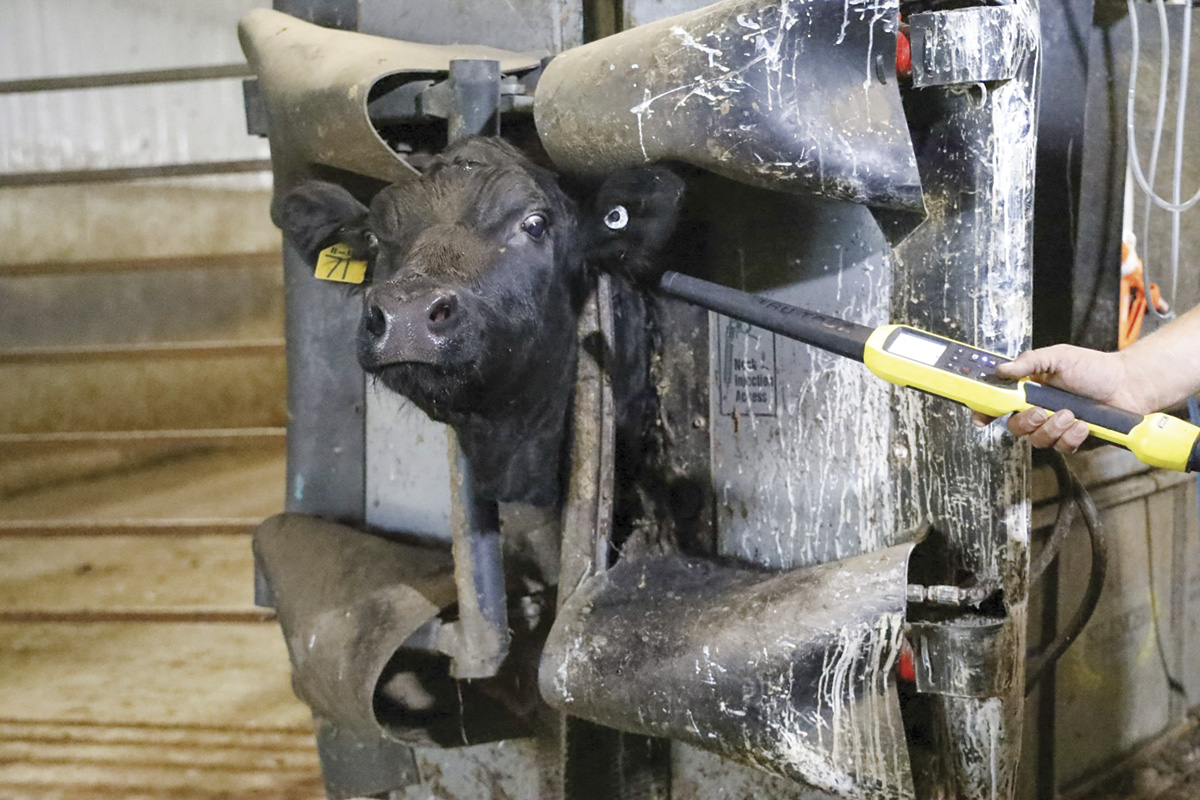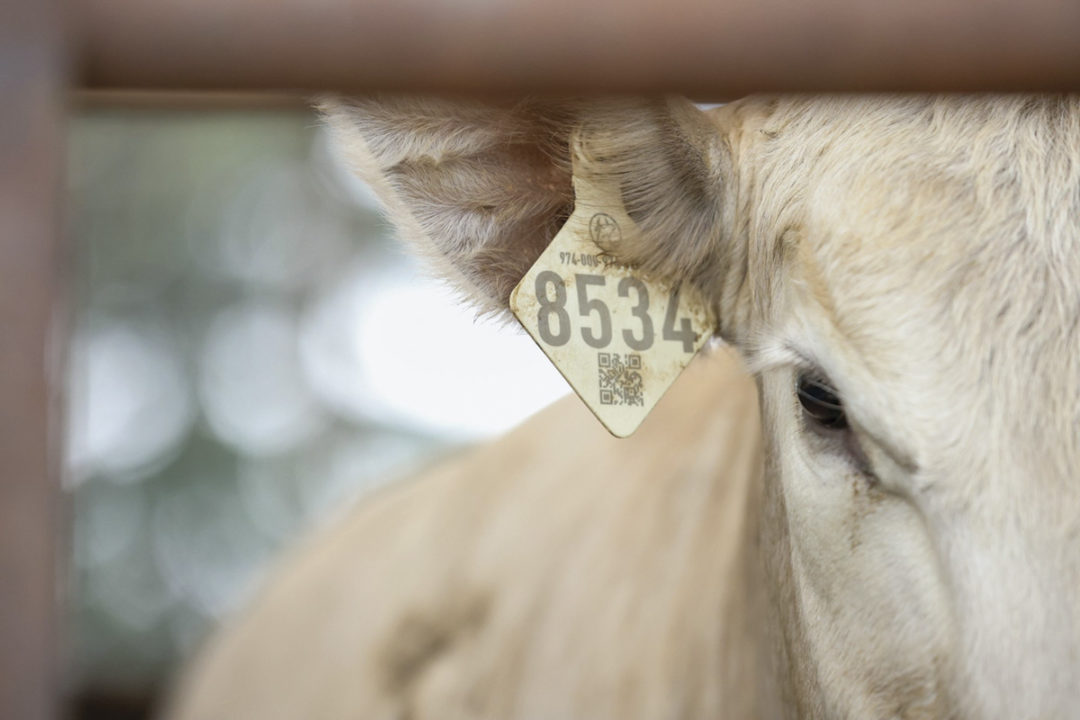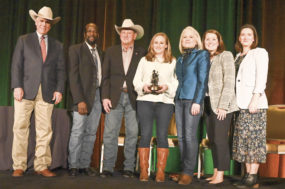Electronic ID (e-ID) tags can be a great tool for cattle producers looking for a simpler way to track data and automate inventory. They also come at a cost – around $1 to $3 or more per tag depending on the type, size and volume purchased.
Whether you’re considering implementing e-ID tags or already using them, here are some considerations to make sure you see a return on investment.
Individual animal management
Managing cattle individually, whether in the chute, pen or pasture, can be simplified with e-ID tags.
The Brenton Brothers feedyard in central Iowa uses e-ID tags and software to track each animal and manage cattle more precisely. They can see an animal’s history just by scanning its eartag, reducing human error and the time required to read a visual tag or tattoo number.
“It has made us more aware of what we’re doing, whether this is the second treatment or third treatment for that animal,” says Andy Montag, Brenton Brothers feedyard manager. “It's definitely [helped us] change our numbers for the better.”
The easy-to-access data has helped them move away from mass treatment and keep a closer pulse on each animal’s unique performance.
“It's finding the lower-performing, poor-quality animals and getting rid of them before you tie a bunch of yardage and feed into them,” Montag says.
Systems like Performance Beef that sync with e-ID tags and store individual animal history help you see trends in animal health, monitor residuals and maintain proper records for value-added programs.
Quality control
E-ID tags can be a great tool for receiving data from custom feeders or packing plants.
“That means you can see what animals perform the best; so as a feeder, I can continue to invest in the cattle that perform,” says Nephi Harvey, president at Fort Supply Technologies.
Not all e-ID tags are compatible with packing plants. Be sure to check with your packer to ensure compatibility or request compatibility.

Photo courtesy of Performance Livestock Analytics.
Inventory management
A simple, yet efficient way to use e-ID tags is tracking cattle inventory, Harvey says. The tags sync with a reader system placed above an alleyway. As cattle run down the alleyway, the reader captures head count and cattle ID without slowing cattle or changing their behavior.
You can also put a reader on the side of your feed truck. The reader can scan tags from a distance as you drive past pens.
“You're seeing that these animals are where they're supposed to be during feeding, a task you’d already have to do,” Harvey says. “So, if you’re custom feeding and a client wanted to manage their inventory, they can log into a website and see those animals are there because they're being read every day.”
The reader and e-ID tag system works much like how inventory is managed at big box stores. There’s no individual code scanning – one reader can take inventory of an entire shelf.
E-ID tags aren’t a fit for every operation. Harvey acknowledges that you need more than a few cattle to justify the expense, along with processing facilities and adequate labor to tag the cattle. But for operations that are a good fit, e-ID tags offer exciting potential in the cattle industry to streamline individual animal data, inventory and carcass information.
For more information about inventory management, visit the Fort Supply website. Learn more about tracking individual animal health data at Performance Livestock Analytics.
Important definitions
Radio frequency ID (RFID) is a generic term describing a technology that spans many industries. For example, your toll sticker or pass that you use when driving through tolls would be an RFID technology.
Electronic ID (e-ID) is more specifically related to cattle. An e-ID tag is a type of RFID tag. The cattle industry uses two e-ID tag types – low frequency and ultrahigh frequency.
Low-frequency (LF) tags must be individually scanned to be read and capture data. These tags won’t work well with inventory management technology that requires tags to be read from farther away or in groups. Many processing plants are compatible with LF tags.
Ultrahigh-frequency (UHF) tags can be read from a few inches to several feet away by a stationary reader at the speed of commerce. These tags generally work well to manage inventory, but some processing plants are not yet compatible with UHF tags.









